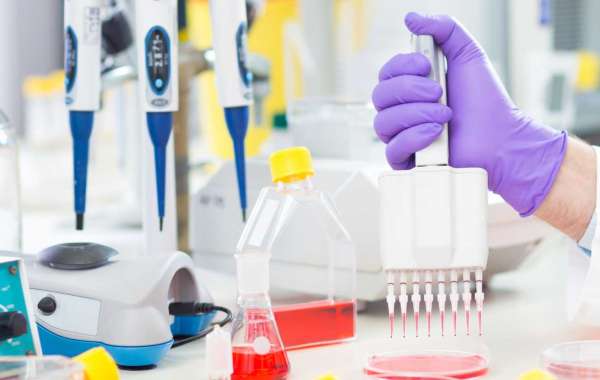Laboratory life is akin to being a culinary maestro in a world-class kitchen, except your ingredients are chemicals and your recipes can lead to breakthroughs. Now, if you're part of this vibrant scientific community, you'll agree that the unsung heroes of our daily experiments are the plasticware and consumables. They're like the pots and pans of the science world, right?
So, let’s dive into the different types of laboratory plasticware and consumables. You've got an array of characters, each with a role more crucial than the last. It's a diverse cast – beakers, flasks, tubes, and plates – and boy, do they make the lab life not just easier, but possible!
Beakers and Flasks: Let's kick things off with beakers and flasks. They're the dependable buddies you turn to time and again. Erlenmeyer flasks, with their triangular bodies, aren't just for mixing potions in a wizard's lair – they're great for mixing chemicals without spilling. And beakers? They're the Jacks-of-all-trades, good for just about anything you can think of in a lab setting.
Pipettes and Tips: Have you ever tried adding just a splash of lime to your soda? That's what pipettes do, but with precision that would make a Swiss watchmaker nod in approval. They're essential for those moments when accuracy is not just crucial, it's everything. And don't forget the tips – they're like those single-use gloves for handling something super important (or super gross).
Test Tubes and Racks: Ah, the iconic test tubes. They're the poster children of science, and for good reason. These little cylinders are perfect for watching reactions happen in real-time. And their sidekick, the test tube rack, keeps them from rolling off the table and spilling their guts everywhere.
Petri Dishes: Think of petri dishes as the stage where the microscopic performances unfold. Bacteria, fungi, cells – they all get their moment in the spotlight here. It's like a theater for the very, very small.
Microplate Technology: Now, if you're into high-throughput screening, microplates are your thing. They're like having hundreds of tiny test tubes that you can experiment on all at once. Efficiency is the name of the game here, folks.
Centrifuge Tubes: When you need to separate the wheat from the chaff, or in this case, the cells from the supernatant, centrifuge tubes are your go-to. They're the unsung heroes that endure the spin cycle so you can get to the good stuff.
Cryovials: These are the time capsules for biological samples. Want to preserve something for the next decade? Cryovials have your back, keeping samples colder than a polar bear's toenails.
Disposable Gloves: And let's not forget the trusty disposable gloves. They're like the armor for your hands, keeping you safe from chemicals and contamination. Plus, they make you look pretty professional.
Now, all this talk about plasticware, but let's not forget that there's a whole world of lab glassware out there too. Glassware has been around since the dawn of the lab coat, and it's got its perks – it's like the durable cast-iron skillet of the lab.
But here's the thing, we can't keep borrowing our lab neighbor's plasticware forever. There are companies out there manufacturing these lab lifesavers, crafting them with precision and care. Imagine a world where every time you needed a fresh pipette tip, you had to ask Jim from the next lab over. Not ideal, right? That's why these companies are crucial; they're like the behind-the-scenes tech crew for our scientific theater.
So, if you're in the market, go buy some! Seriously, stocking up on lab plasticware and consumables is like filling your pantry with all the best snacks – it just makes life better. And when you buy, you're supporting the unsung heroes who make our daily lab escapades possible. Plus, you won't be that person who's always borrowing stuff, and let's be real, nobody likes that person.
In conclusion, the lab world is a bustling place, full of color-coded vials and the soft hum of machinery. And in this world, plasticware and consumables are the steadfast companions that see us through each hypothesis and experiment. They might not be glamorous, but they're essential to the dance of discovery. So, the next time you pipette that reagent or incubate that culture, give a silent thanks to the plasticware and consumables – the silent pillars of the lab.










